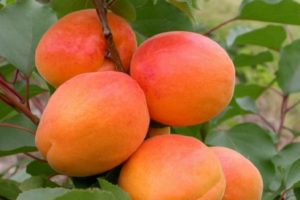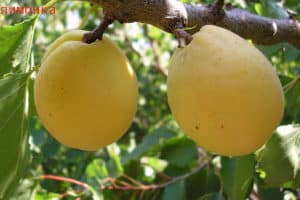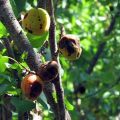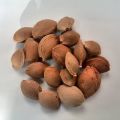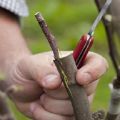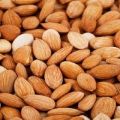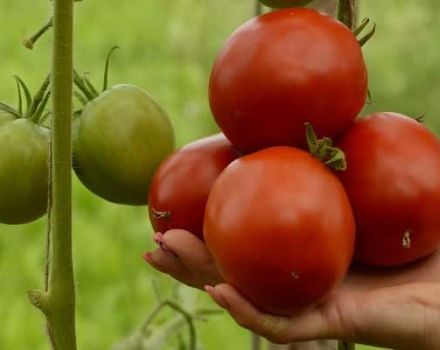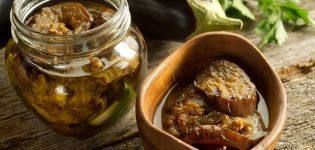What and how you can graft an apricot with fresh cuttings right for beginners and is it possible
Grafting of apricots is the only way to get a full-fledged tree that retains the maternal characteristics of the variety, begins to bear fruit early, and is not afraid of difficult climatic conditions. Novice gardeners are reluctant to use this method, preferring to purchase ready-made seedlings, which often die. Do not jump to conclusions and abandon the process - knowing how to plant apricots, it is easy to increase the number of these trees in the garden.
Why vaccinate
Not always seed-grown apricot retains maternal characteristics. It often happens that fruiting occurs after 5-7 years. The fruits are not indulgent in size and taste - savory and small. It is also difficult to guess which variety is preferable for the region - often trees die already at the first frost in the middle lane.
Grafting allows you to get a full-fledged tree that has taken over the characteristics of the apricot variety from which the cuttings are cut. Another advantage of the grafted plant is its endurance, resistance to cold and heat.
Preparation for the procedure
For novice gardeners, it is recommended to prepare for grafting in advance - look for a suitable variety, stock up on cuttings. Prepare a scion from healthy varietal apricots, which have already managed to please with the harvest. Store cuttings in a cold room.
Gardeners have different opinions on when to stock up on cuttings. Scion is often cut out in autumn, but winter shoots take root.
The main thing is to harvest cuttings on a warm day.
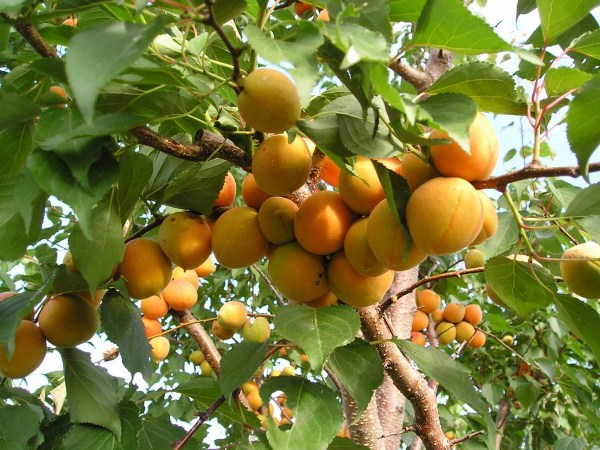
Optimal timing
Every seasoned gardener has a preference for the timing of the vaccination. Some plant cuttings in the spring, others like the fall procedure. Each term is good, has advantages and disadvantages, so it is better to check for yourself when engraftment is better.
The summer procedure is also carried out often, although the requirements of agricultural technology should be observed here. July is considered the most preferable for successful grafting of apricot. August is also good for residents of warm regions - the plant will have time to take root.
What fruit trees can be grafted with
It is not necessary to plant an apricot with congeners - excellent results are obtained using other crops. The main thing is to first find out with which plants the grafting will be most effective.
You can plant apricots on the following crops:
- On the plum. Use only semi-wild varieties. A pinned tree will have endurance, stamina.
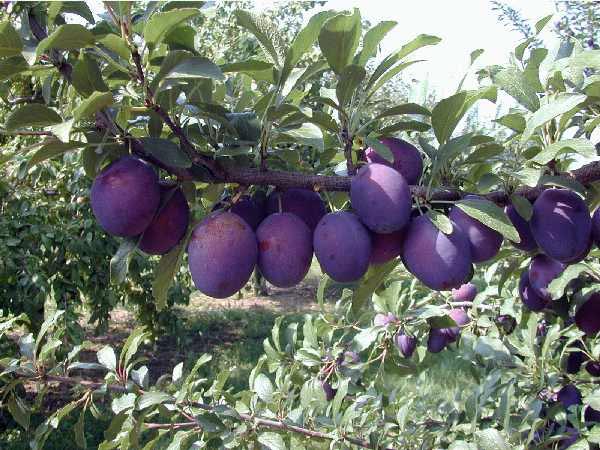
- For a peach.It is recommended to vaccinate only in warm regions - the peach is not frost-resistant, therefore it easily dies in severe frosts.
- On cherries. Risky process - vaccination rate is low. Another drawback is that the place where the stalk took root often breaks even with weak gusts of wind.
- For the cherries. As with cherries, the survival rate is low, the cut sites often break.
- On the cherry plum. By crossing the two crops, it will turn out to grow an excellent tree - undemanding to the composition of the soil, resistant to frost and drought.
For beginners, it is better to try their hand at grafting suitable crops that have characteristics similar to apricot. Only after the first successful experience start with more capricious plants.
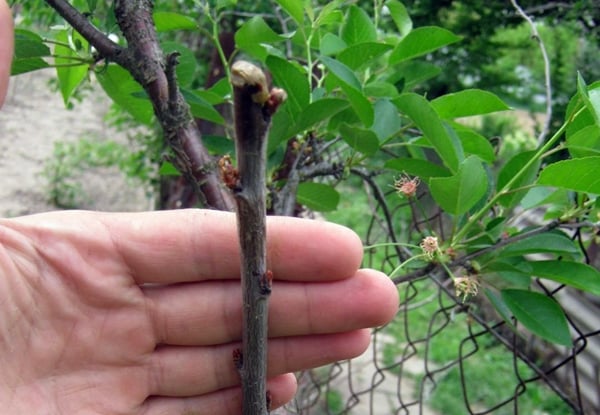
Harvesting cuttings
The recommended length of cuttings is no more than 15-17 cm. Be sure to make sure that they have 4-6 full-fledged healthy buds. In autumn, harvesting should be carried out after dropping the leaves - in November. Send after tying in bundles for storage, a cool room is suitable for this. If there are a lot of cuttings, use the furrows dug in the ground for storage - tightly lay the plant raw materials, sprinkle with sawdust, straw, dig in with soil.
Before frosts, cover with spruce branches, sprinkle with fallen snow.
If harvesting takes place in spring or summer, it is recommended to use fresh cuttings that have grown after winter. A little to capture last year's growth, and the upper kidney must be removed. It is better to vaccinate with green shoots - the survival rate grows significantly.
Varieties and technologies of conducting
A prerequisite for a successful procedure, regardless of the chosen method of carrying out, is to make a cut rather high from the ground surface. The distance from the soil to the cut line is up to 30 cm. For mature trees it can be increased up to one meter.
Check the cuttings before going to the garden. It is recommended to make a fresh cut under the bud - experienced gardeners claim that this will increase the survival rate.
Copulation
Use the method only for spring grafting. It is recommended to carry out with the same diameter of the scion and rootstock. The process is carried out in two ways - oblique cuts are fixed or a tongue is made on the rootstock, a recess is made on the scion (this technique is more effective).
The cut is fixed with adhesive tape, garden varnish, film. The first year, carefully monitor the condition of the plant. A month after the procedure, slightly loosen the bandage, after six months, remove the fixing layer.

Into the cleft
Used when the diameter of the scion and rootstock is different. Apply the splitting technique only in spring or early summer.
Procedure:
- Cut the tree at the required height, carefully clean the cut.
- Use a sharp knife to split the trunk in the middle to a depth of 3-5 cm.
- Turn the cutting edge into a wedge (cut on both sides or in a circle).
- Insert one or two scions into the gap.
- Pull off the trunk with a tape, fix it, fill it tightly with garden varnish.
If you succeed in pinching, the first leaves will begin to bloom in a month. Remove the bandage after six months.
Budding
Apricot grafting by budding method is rarely carried out, the survival rate is too low. It is recommended to use green shoots, which are cut before the procedure itself. There should be 2-3 buds on the handle. The saw cut is best done under the peephole.
Make an incision on the main tree (up to 3 cm high). Fold back the bark, insert the cut stalk. Carry out fixation using a garden pitch, tape.
For the bark
The procedure is performed on mature trees. The process can be applied at any time of the year. After sawing the trunk, pointed cuttings are inserted into the dissected bark and fixed with electrical tape.It is recommended to plant several shoots on one trunk, at least one of them will definitely take root.
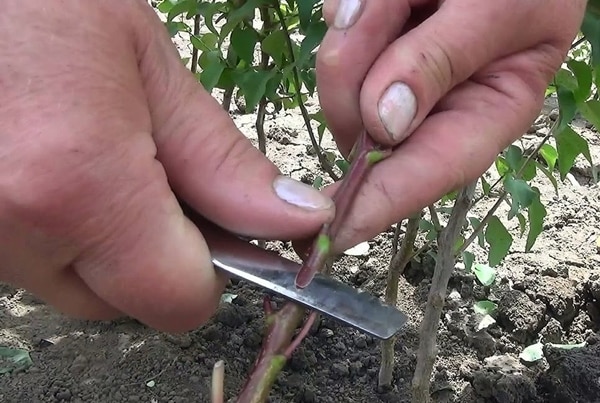
Side cut
The process resembles budding. The only difference is that the cut on the side is made much larger, several cuttings can be placed in it. The chances of good survival are significantly increased, at least one of them will certainly release leaves.
Bridge
Usually the method is used on apricots damaged by rodents in winter. The process is simple - remove the affected parts of the bark, insert the prepared cuttings, as in a pocket (strengthen at the top and bottom), fix. Be sure to leave the bandage for several months, it is better to remove it in the fall.
Caring for the tree after grafting
Much in the survival rate of cuttings also depends on how correctly the care will be carried out. There are few rules:
- it is imperative to remove the shoots that grow densely near the trunk, numerous shoots actively consume nutrients from the soil, weakening the tree;
- if during grafting the cut is tightly wrapped, make sure that the trunk is not overtightened, loosen the bandage after a month;
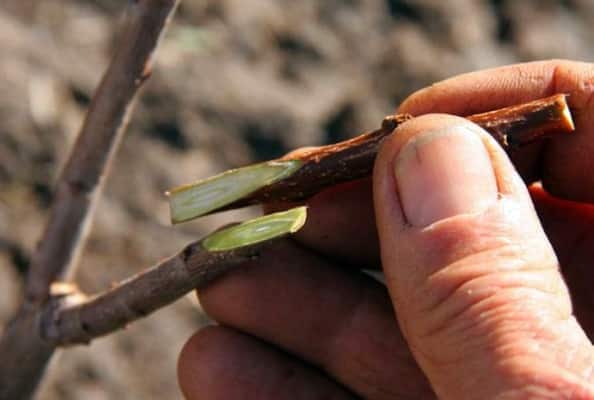
- the engraftment period is considered the entire current year, it is allowed to cut the tree only after successful wintering;
- every beginning of the month during the warm season to carry out the introduction of nutrients, apricot desperately needs a lot of nutrients to restore strength.
Young leaves must be protected from pests, diseases - spraying, using folk methods. Water the grafted tree with care, do not overflow. Do not apply top dressing for the first year after the operation.
Grafting an apricot, if you carefully understand the technology, is not difficult. The main thing is to strictly follow the requirements and rules, check the quality of cuttings in advance, and not engage in experiments that are dangerous for plants. If you do not make mistakes, you will certainly be able to grow a tree, which in just 2-3 years will delight the owners with an abundant harvest of sweet fruits.
